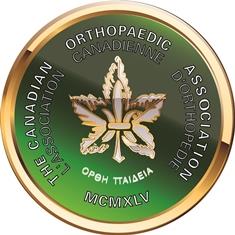A Perfect Smile, Joan's Reconstructive Journey
A 68-year-old woman came to our office with broken teeth and a damaged veneer. She wanted her teeth to look longer, whiter, and prevent further chipping.


 Preamble
PreambleThe origin of prosthetic joint infections has been a controversial topic for dentists, physicians and patients. Confusion surrounds the risk of dental procedure-related bacteremia and the subsequent risk of patients with orthopaedic devices developing prosthetic joint infection following such bacteremia.
The Canadian Orthopaedic Association (COA), the Canadian Dental Association (CDA) and the Association of Medical Microbiology and Infectious Disease (AMMI) Canada have reviewed the current best available evidence on the effectiveness of dental antibiotic prophylaxis in the reduction of orthopaedic prosthetic joint infections, in the context of the issue of emerging antimicrobial resistance and the critical role of all health care providers to steward appropriate use of antimicrobial drugs.
These professional bodies conclude that:
As a result of this work, the COA, CDA, and AMMI Canada provide the following guidance concerning the management of dental patients with orthopaedic devices:
COA Board of Directors
Approved: June 2016
CDA Board of Directors
Approved: June 2016
AMMI Board of Directors
Approved: July 2016
This information was created by the Canadian Orthopaedic Association (COA), the Canadian Dental Association (CDA) and the Association of Medical Microbiology and Infectious Disease (AMMI). It should not be used as a replacement for professional dental or medical advice. If you have questions about this position statement, please contact the Canadian Orthopaedic Association.